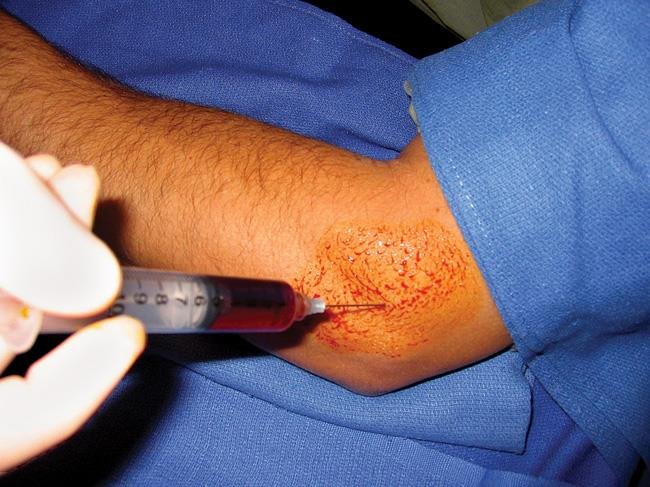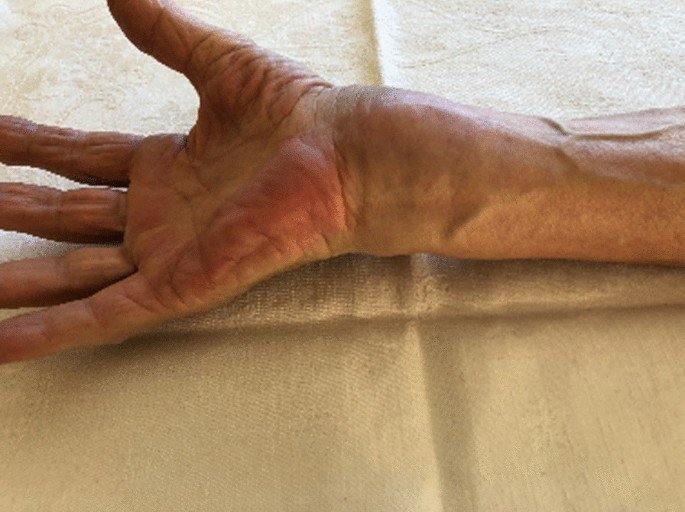Contact Info
-
Krishna Complex, Opp. Chintamani Society, Achher Cross Road, Sabarmati, Ahmedabad

Plantar fasciitis is a common foot condition characterized by inflammation and irritation of the plantar fascia, a thick band of tissue that runs along the bottom of the foot, connecting the heel bone to the toes. The plantar fascia acts as a shock absorber and supports the arch of the foot, helping to maintain its shape and stability. Plantar fasciitis is often caused by repetitive strain or overuse of the plantar fascia, leading to micro-tears, inflammation, and irritation. The pain is often described as sharp or stabbing and is usually most severe with the first few steps in the morning or after prolonged periods of rest. Pain may also worsen after prolonged standing, walking, or physical activity but may improve with rest or stretching.
Tennis elbow, clinically known as lateral epicondylitis, is a common condition characterized by pain and inflammation on the outer aspect of the elbow. Despite its name, tennis elbow is not limited to tennis players and can affect anyone who engages in repetitive arm motions or activities that strain the muscles and tendons of the forearm. Tennis elbow typically develops as a result of repetitive stress or overuse of the forearm muscles and tendons, particularly those that attach to the lateral epicondyle (a bony prominence on the outer side of the elbow). Activities that involve repetitive gripping, twisting, or lifting motions of the wrist and forearm can lead to micro-tears, inflammation, and degeneration of the tendon fibers.


De Quervain tenosynovitis, also known as De Quervain's syndrome or De Quervain's tendinopathy, is a common condition that affects the tendons on the thumb side of the wrist. It is characterized by inflammation and irritation of the tendons that control the movement of the thumb, particularly the abductor pollicis longus and extensor pollicis brevis tendons, as they pass through a narrow tunnel called the first dorsal compartment at the wrist. De Quervain tenosynovitis typically develops as a result of repetitive hand and wrist movements or activities that strain the tendons in the first dorsal compartment. De Quervain tenosynovitis is diagnosed based on clinical history, physical examination, and specific diagnostic tests if necessary.